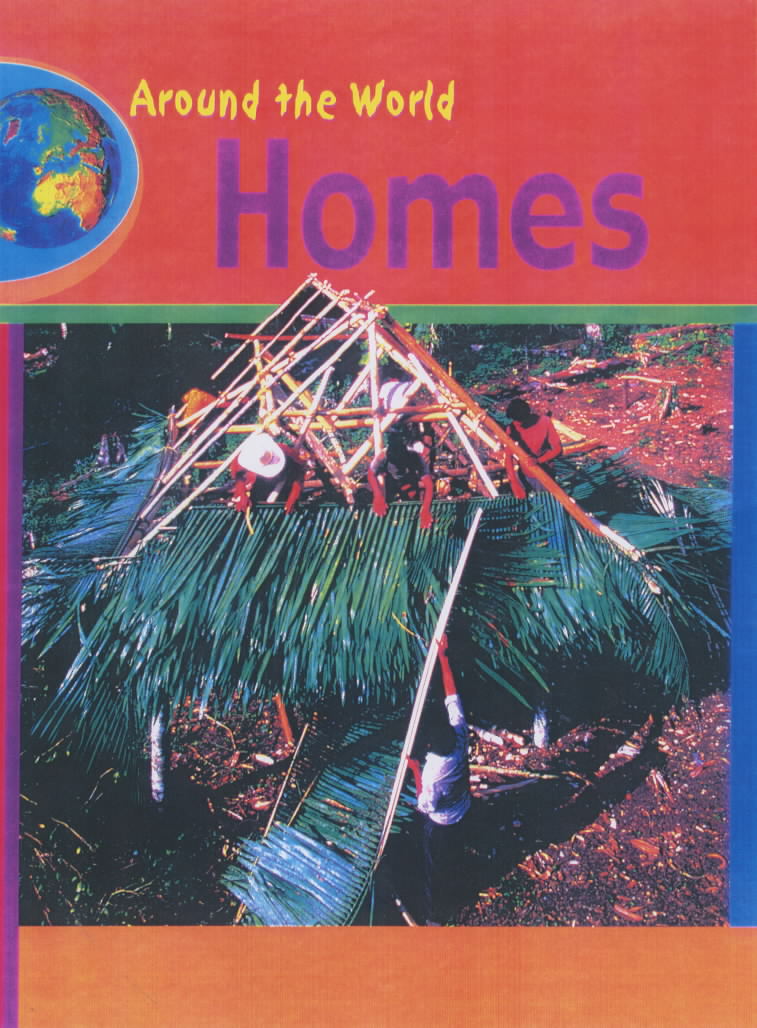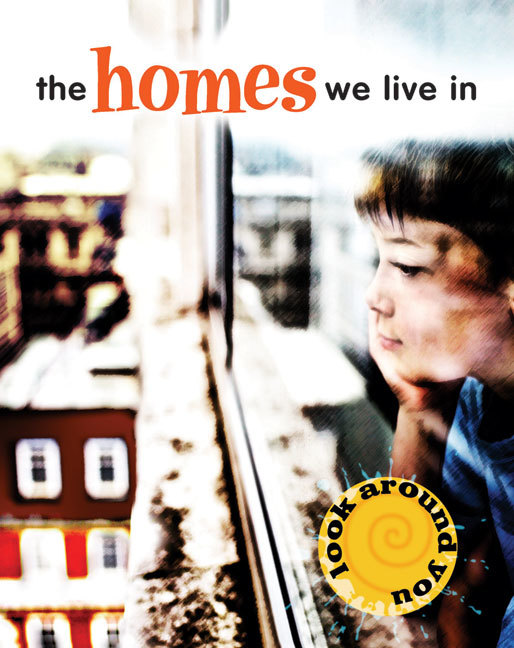Resources
This item is one of over 25,000 physical resources available from the Resources Collection. The Archive Collection covers over 50 years of curriculum development in the STEM subjects. The Contemporary Collection includes all the latest publications from UK educational publishers.
Homeostasis *suitable for home teaching*
This resource from Defence Dynamics helps students to gain a better understanding of homeostasis and, in particular, the regulation of body temperature (thermoregulation). Students consider the needs of a polar explorer on a mission to the South Pole, thinking about the equipment needed as well as the challenges...

A look at how homes around the world differ due to culture, climate, and socioeconomic conditions.
Homes 2030-1
This resource forms part of the Clean Growth resources from the Grand Challenges resource collection. The introductory video can be found here.
In the Homes 2030 activity students will...

This title is part of a series which introduces young children to the concepts of design and technology by looking at everyday objects, and investigating how they are designed and put together.
This item is one of over 25,000 physical resources available from the Resources Collection. The Archive Collection covers over 50 years of curriculum development in the STEM subjects. The Contemporary Collection includes all the latest publications from UK educational publishers.
This item is one of over 25,000 physical resources available from the Resources Collection. The Archive Collection covers over 50 years of curriculum development in the STEM subjects. The Contemporary Collection includes all the latest publications from UK educational publishers.
Mounted display model of the life cycle of a honey bee.

Aimed at children aged 5-8 years old, this is one title in a range of books which offers youngsters a fun, fascinating, extreme close-up perspective on the insect kingdom. Their habitats, life cycles, eco-systems and...
Honeybee family tree
The family tree for honeybees is given together with rules for reproduction. The challenge begins with identification of male and female bees in a diagram. Further rows are then added and the information collected in a table. There is an extension to then find the number of bees in other generations without drawing...
